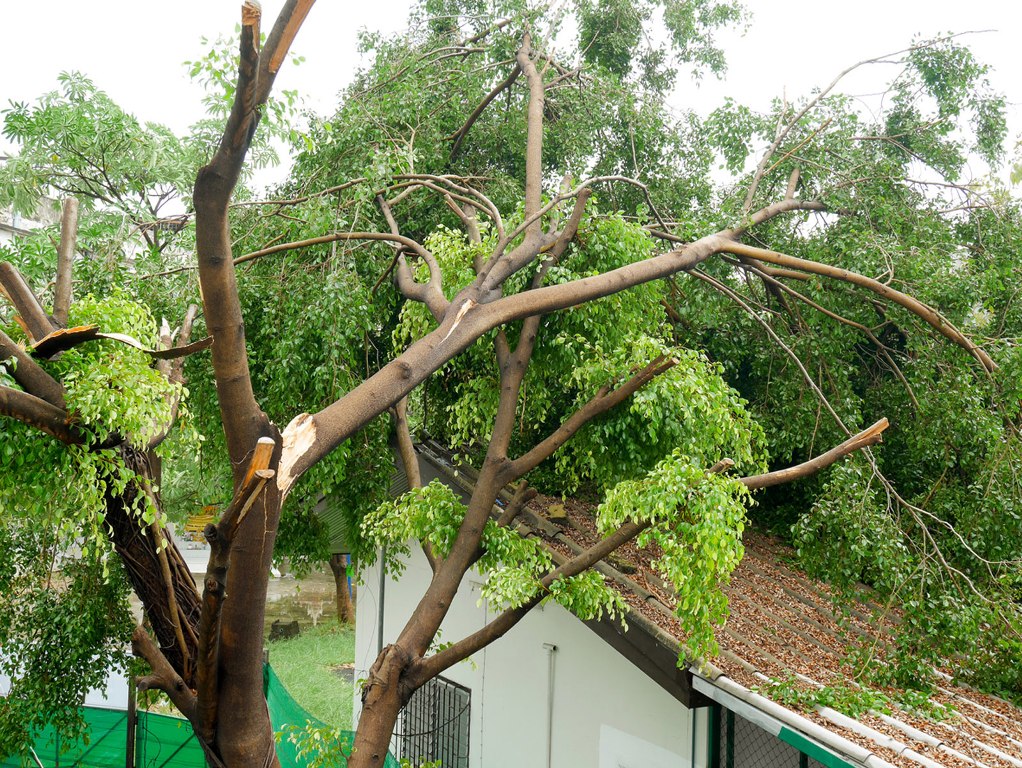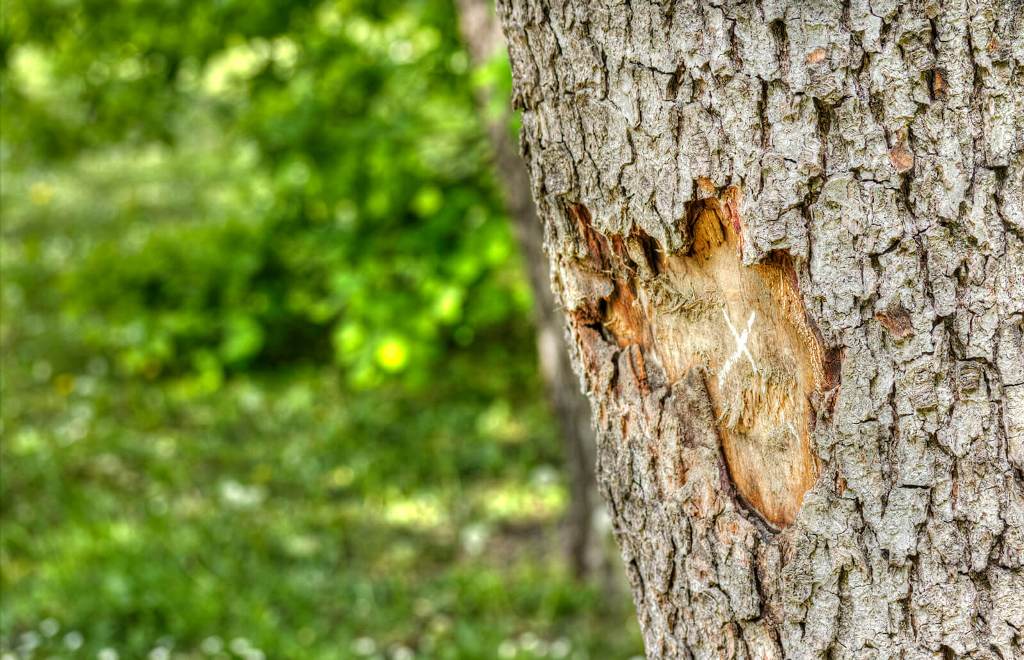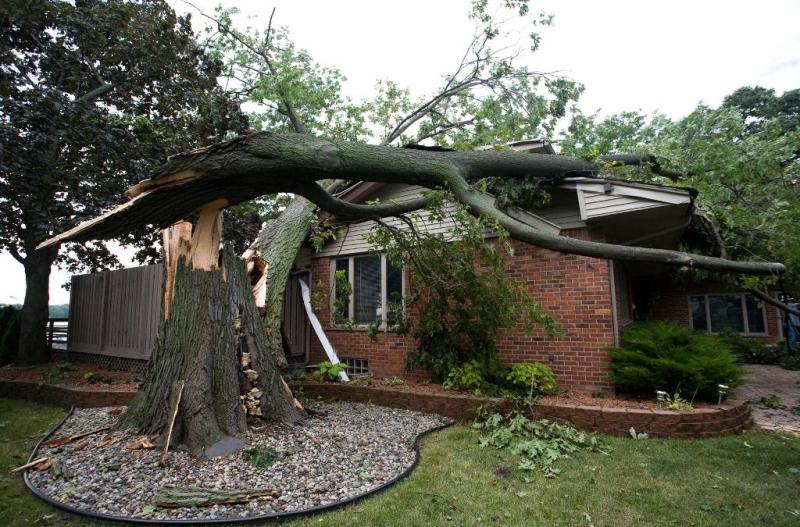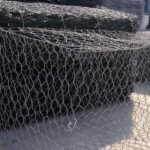There are six types of damages that trees can sustain after a storm: blow-over, crown twist, stem failure, branch failure, root failure, and lightning. Each type is due to an interactive and intricate mix of tree issues and climate. In many cases, the damage is moderately minor, with only smaller branches being damaged. This type of damage often leads to few or no permanent damage to a tree, and only the broken branches and twigs require a clean-up or a slight pruning. In instances, more extensive damage is done as a result of lightning, strong winds, and heavy ice storms. With severe damages, the owner has to decide whether the tree is worth saving or if it has to be removed.
Treating A Tree
The next question that a property owner faces is whether the repairs to the tree can be managed by themselves or if a professional must be contacted. In most cases, an expert has the right equipment and are comfortable at working at heights. Once it is determined that a tree can be salvaged, there are specific procedures that must be taken.

Assessing The Damage.
Planning which branches have to be removed and where the removal cut must be made.
Removing all the damaged branches at the closest lateral branch, main stem or bud, and not in the middle.
Branch Removal
Branches that are smaller than three inches in diameter are typically removed with a good manual pole saw or pruning shears”. As sharp saw is used for eliminating more extensive branches. For using a power saw, a harness or rope is essential. The first cut is generally the undercut. For the second cut (or overcut), the cut is made about two to three inches beyond the undercut, and the branch is removed. The flush or final cut is made when the remaining stub is removed. Careless pruning can lead to the elimination of the entire branch or excessive sprouting that can cause more issues later. It is better to leave this job in the capable hands of a professional like rolon tree service to ensure that it is done safely and correctly.
Torn Bark

In some cases, tearing of the bark on the main trunk happens. This is particularly common when a tree has been struck by lightning. The loose bark must be carefully trimmed back where it is firmly attached. If possible, all bark wounds must be cut in an elliptical shape, keeping the trace as narrow as you can. It may be tricky in larger areas. Cutting the bark, this way will encourage quick healing with as little as possible wood decay.
Uprooted Trees
Trees might be uprooted due to a severe storm. Large trees can’t be saved and must be discarded. For some smaller trees, you may be able to straighten the tree and brace it by utilizing cables or wires. A power lift is usually needed for pulling the tree upright. Avoid this exercise unless a third or half of the roots are still embedded in the soil, and the remaining visible roots are moderately undisturbed and compact.






